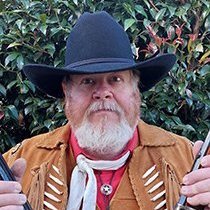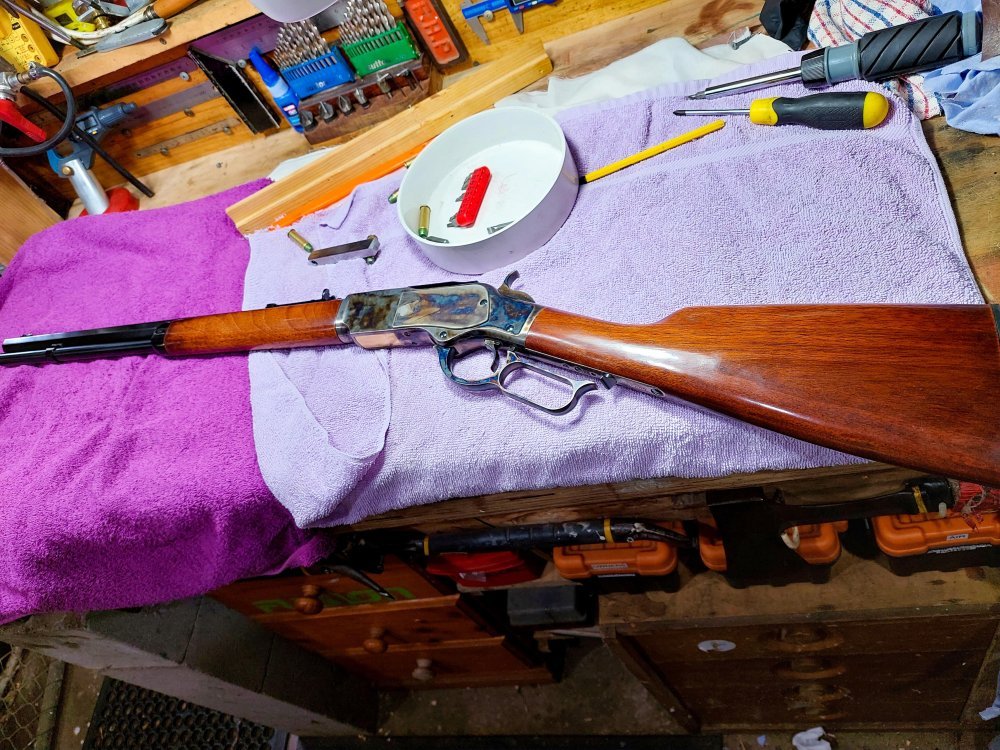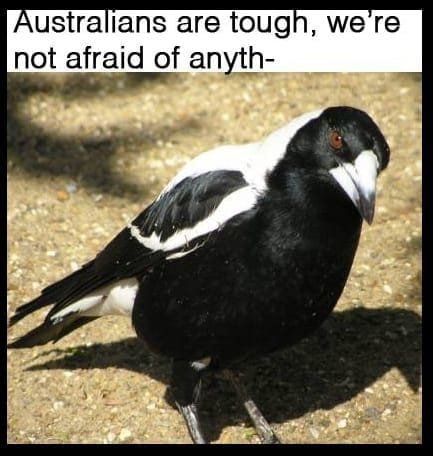-
Posts
9,339 -
Joined
-
Last visited
-
Days Won
75
Content Type
Profiles
Forums
Events
Everything posted by Buckshot Bear
-

Homemade Steam Engine & Gold Stamper
Buckshot Bear replied to Buckshot Bear's topic in SASS Wire Saloon
Doesn't that just look right without a silly Z in there!!!!!! -
I have one of these, mines a Browning Medalist 150, it doesn't have the wooden foregrip. Bought it 40 years ago, my Grandson uses it now in Bullseye....still looks brand new.
-
-
-

Homemade Steam Engine & Gold Stamper
Buckshot Bear replied to Buckshot Bear's topic in SASS Wire Saloon
Nah....it ain't us that talk funny (But I must admit the worlds English speakers are all becoming very homogenised). -

Homemade Steam Engine & Gold Stamper
Buckshot Bear replied to Buckshot Bear's topic in SASS Wire Saloon
No one has picked up on the two cut down .308 cases that the wicks are in yet. -

Homemade Steam Engine & Gold Stamper
Buckshot Bear replied to Buckshot Bear's topic in SASS Wire Saloon
Thanks for posting that vid! -

Homemade Steam Engine & Gold Stamper
Buckshot Bear replied to Buckshot Bear's topic in SASS Wire Saloon
Methylated Spirits (Denatured Alcohol with a bitterent(sp) added to it, but alco's will still mix it with orange juice and try and drink it) or shortened to 'metho' down here. -

Homemade Steam Engine & Gold Stamper
Buckshot Bear replied to Buckshot Bear's topic in SASS Wire Saloon
Its called an 'addiction', -
-
-
This is a homemade Steam Engine and Gold Stamper made by a friend of mine for me Trevor Woolan late of Victoria, Australia.
- 20 replies
-
- 11
-

-

-
-
-
-
-
-
Alpo 'Aidy75' seems like a bona fide nut job. Its not that hard to get a Glock with 5 mags for around $600 if you're quick. https://usedguns.com.au/search-results/?gunsCategories&gunsCalibre&gunsConditions&gunsStates&keyword=glock Yes......no serial number you could do some time for.
-
-
-
One thing also to keep in mind is that in Australia the minimum wage is $23.23 per hour for a 38 hour week, in the USA its $7.25 per hour.
-
Not sure where you read that Alpo but is BS - https://usedguns.com.au/whats-new/
-

A New Source of Primers - White River Energetics
Buckshot Bear replied to Sedalia Dave's topic in SASS Wire
They are in just about every gun store in Australia and lots of people using them, reports are that they are harder than Federals. -
ROA.....Dishwasher when the boss ain't around
-
Also.....fixed I have a question for the foreigners the cousins.














